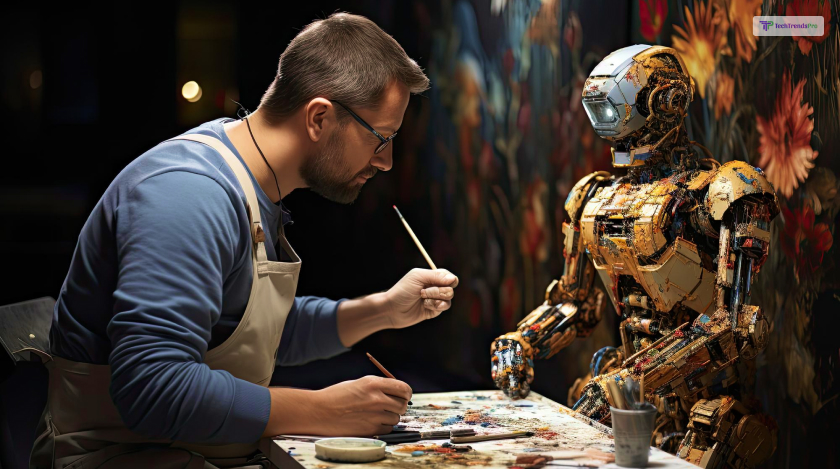
Art is one of the most human expressions of creativity, emotion, and culture. It has been a part of our history since the dawn of civilization, and it continues to evolve and inspire us today. But what if art could be created by artificial intelligence (AI)? Would that mean that human artists are no longer needed or valued? Will AI replace artists in future?
This is a question that has sparked a lot of debate and controversy among artists, critics, and enthusiasts alike. Some see AI art as a threat to human art’s originality, authenticity, and meaning. Others see it as a new form of collaboration, innovation, and experimentation.
In this article, I will explore both sides of the argument and try to understand the perspective of AI art and its implications for the future of art and artists.
So, keep on reading till the end to learn more…
Are Artists in Danger of AI?
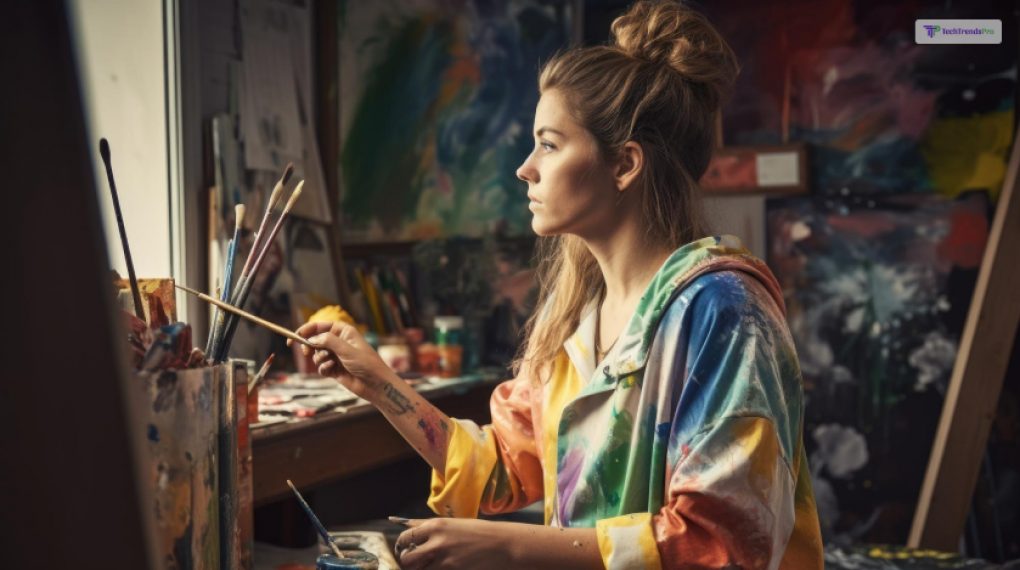
“Will AI replace artists?”
The potential danger of AI is much talked about. But let’s break this one!
Firstly, one of the main concerns that some people have about AI art is that it will take away the jobs and opportunities of human artists. They fear that AI will be able to produce art faster, cheaper, and better. Most of them believe it will eventually dominate the market and industry.
However, these fears may be exaggerated or unfounded. First, AI art is not new. It has been around for decades, and it has not replaced human artists so far. In fact, it has opened new possibilities and challenges for human artists to explore and experiment with.
For example, some human artists use AI as a tool or a partner to enhance their own creativity and expression, such as Mario Klingemann, Sofia Crespo, and Refik Anadol.
They use AI to generate, manipulate, or analyze images, sounds, or data. They then apply their own artistic vision and judgment to create unique and original works of art.
Secondly, AI art is not a threat to human art’s diversity, quality, and significance. AI art is still limited by the data, algorithms, and parameters that humans provide. It cannot create art out of what is not present already. Nor can it understand the context, culture, and emotions behind the art.
Additionally, it can mimic or remix existing styles, forms, and patterns but cannot invent or innovate new ones. It can also make mistakes or produce unexpected or undesirable results. This may not be aesthetically pleasing or meaningful to human audiences. Therefore, AI art is not a substitute or a competitor for human art but rather a complement or a catalyst for human art.
Is AI a Threat to Creativity?
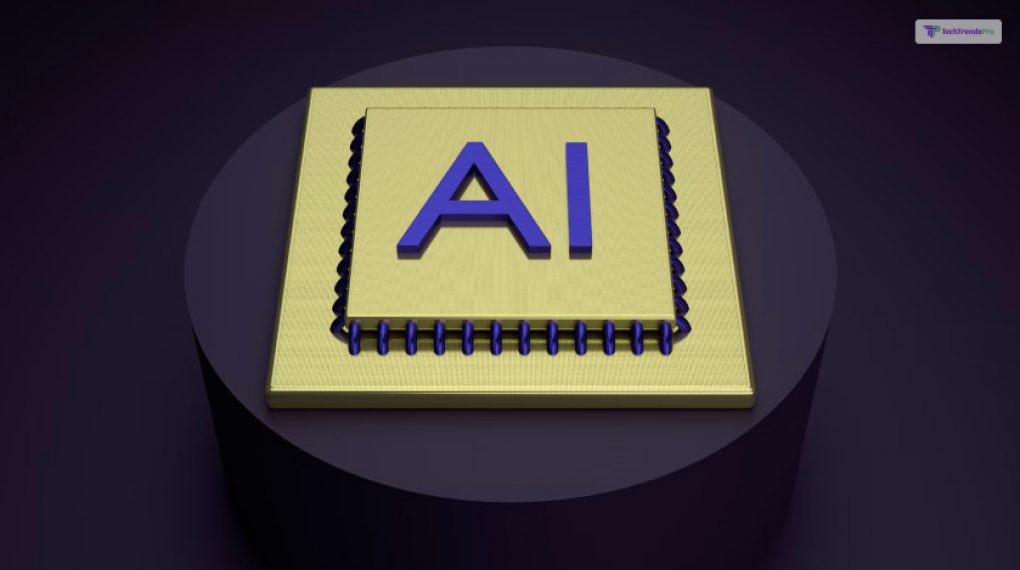
With several AI art generators coming onto the scene, some people worry that AI art will reduce the creativity and originality of human artists. They say that AI art is not art but plagiarism, imitation, or automation.
People often also say AI art does not have the intention, inspiration, and imagination human art needs. They also doubt the ethics and the authenticity of AI art, as it may not acknowledge the sources or the influences that it uses. But these arguments may be too strict or too simple.
First, AI art is not a copy or a clone of human art. It is a complex and dynamic process with many steps and layers of change, variation, and interpretation.
It is not a passive or a mechanical act but an active and creative one. AI art is not a fixed or final product but a fluid and generative one. It is not a single or static output but a multiple and dynamic one. So, AI art is not a reproduction or a repetition of human art but a recombination or a reinvention of human art.
Second, AI art is not a danger to the creativity and originality of human artists but a source or a stimulus for them. AI art can inspire and challenge human artists to widen their horizons and break their limits.
It can show and introduce human artists to new styles, forms, and patterns that they may not have seen or thought of before. It can also question and challenge human artists to rethink and redefine what art is and what art can be. So, AI art is not a limitation or a restriction for human art, but an opportunity or a possibility for human art.
What Will Happen to Art with AI?
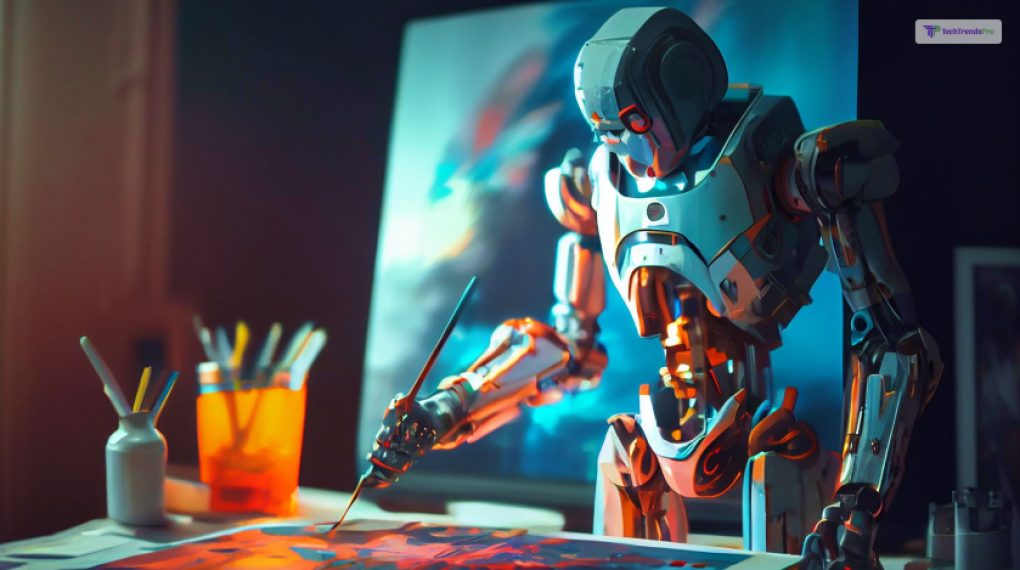
AI art is a complex and dynamic phenomenon that depends on many factors, such as how AI technology is developed and used, how AI art is perceived and received, and how AI and human artists interact and collaborate.
There is no clear or certain answer to whether AI will replace artists in future, but different scenarios and outcomes may happen.
One scenario is that AI art and human art will coexist and cooperate, creating a rich and diverse art world that benefits from both. AI art will offer new possibilities and insights for human art. Human art will offer new purposes and meanings for AI art. Together, they will enhance and enrich the art world.
Another scenario is that AI art and human art will compete and conflict, creating a polarized and divided art world that suffers from both. AI art will challenge and disrupt human art. Human art will reject and criticize AI art. Apart from that, they will harm and hinder the art world.
A third scenario is that AI art will transcend and transform human art, creating a new and different art world that goes beyond both. AI art will surpass human art in autonomy, intelligence, creativity, and diversity. Human art will adapt, evolve, learn, and join AI art. Together, they will change and advance the art world.
Will AI Take Over 3D Artists?
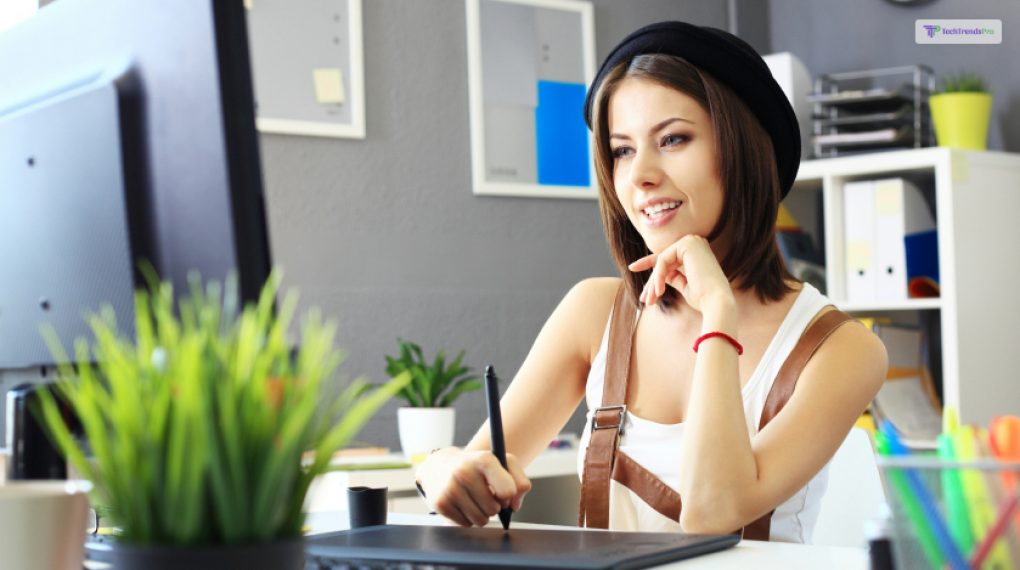
3D art is computer graphics that produce stylized or realistic pictures, animations, or simulations of three-dimensional settings, events, or objects. It is extensively utilized in various professions and sectors, including engineering, architecture, entertainment, education, and medicine.
Many technical know-how and creative abilities are needed to create 3D art. These include modelling, texturing, lighting, rendering, rigging, animation, and other techniques.
AI is also entering the 3D art scene, presenting new opportunities and difficulties for artists working in this medium. AI can assist 3D artists in automating or streamlining parts of time-consuming or repetitive processes. Some of these include creating or modifying meshes, textures, or animations or improving the performance or quality of the 3D visuals.
Additionally, it can help in creating or exploring new forms, styles, or effects by 3D artists. Examples of such uses include creating or manipulating realistic or stylized faces, bodies, or scenes. It also includes adding or modifying mood, atmosphere, or emotion in 3D graphics.
Still, it’s unlikely that AI will replace 3D artists anytime soon. AI is still a long way from being able to produce 3D art entirely independently without human assistance or input.
The data, algorithms, and parameters humans supply to AI also have limitations; they might not accurately represent or capture the intricacies, nuances, or intentions of human 3D artists.
AI is, therefore, a tool or a partner for 3D artists rather than their rival or replacement. AI can complement and support the labor and creativity of 3D artists. However, it must maintain the vision and the expression of 3D artists.
Together, they may produce breathtaking and inventive 3D works of art. These will astound and astonish people worldwide, inspire, impress, educate, and amuse them.
Is AI Art Devaluing Art?
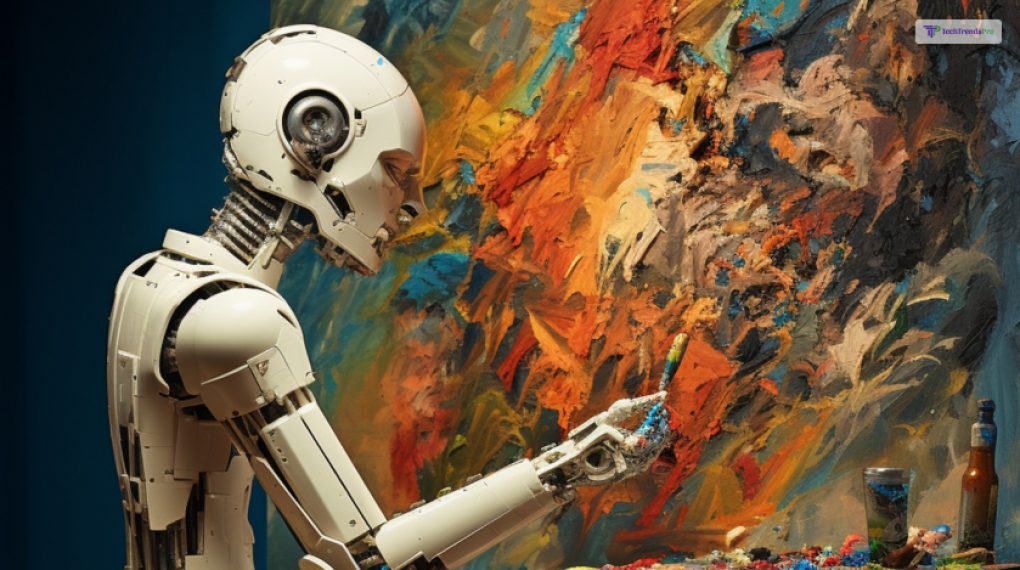
One of the most controversial and debated questions about AI art is whether it is devaluing art or not. Some people argue that AI art devalues art by lowering its standards, quality, and meaning.
They claim that AI art is cheapening and commodifying art. According to them, AI is making it more accessible, affordable, trivial and disposable. Additionally, they also assert that AI art undermines and disrespects art. It is making art more impersonal and generic but also more manipulative and deceptive.
However, other people disagree and counter that AI art is not devaluing art. Rather, it is adding value and diversity to art. They contend that AI art enriches and enhances art, making it more varied, interesting, expressive and innovative.
They also maintain that AI art honors and celebrates art, making it more inclusive and democratic but also more respectful and appreciative.
The truth is that AI art neither devalues nor adds value to art. Rather, it is changing and transforming the value of art. It is creating a new paradigm and a new perspective on art. This challenges and redefines the criteria and the metrics of art.
With AI’s help, art is changing how we create and consume art and how we understand and appreciate art. AI art is not only changing the value of art, but also the values of art.
How Does AI Affect Artists?
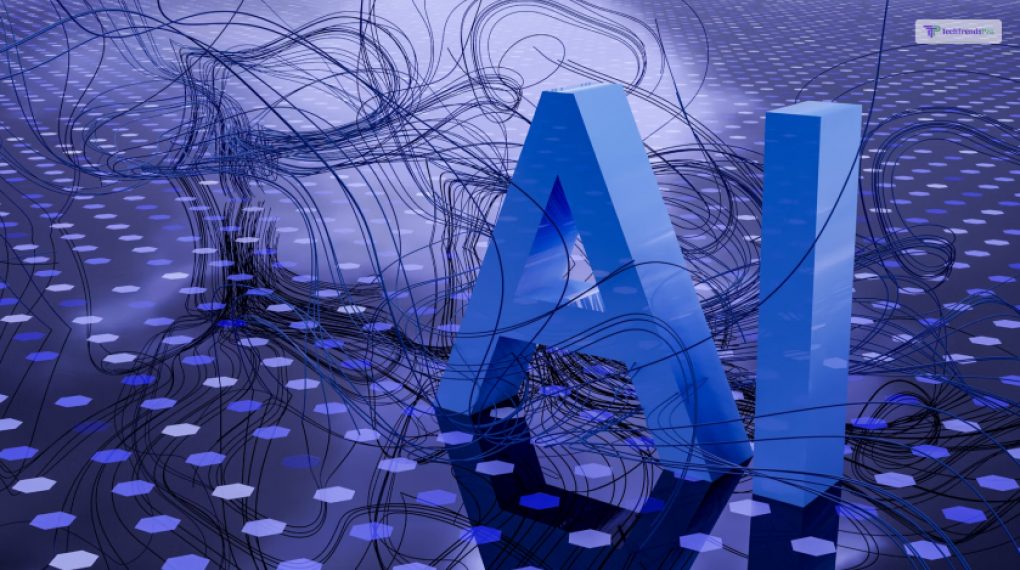
AI affects artists in various ways, both positively and negatively. It is up to the artists to decide how to use and respond to AI and how to balance and integrate AI with their own art and vision.
AI can be a friend or a foe, a blessing or a curse, a challenge or an opportunity for artists. It all depends on how they perceive and embrace AI.
So, let me break it down for you. Here are some of the positive and the negative impact of Artificial Intelligence on artists…
Positive Effects
On the positive side, AI can offer artists new opportunities and benefits, such as:
- Access: AI can give artists access to more data and resources, tools and techniques, and platforms and audiences that can help them create and share their art more easily and widely.
- Collaboration: AI can enable artists to collaborate with other artists, both human and artificial, across different disciplines, domains, and locations, which can enrich and diversify their art and their experiences.
- Experimentation: AI can encourage artists to experiment with different styles, forms, and genres that can challenge and expand their artistic boundaries and potential.
- Expression: AI can stimulate artists to express their emotions, thoughts, and messages, which can connect and communicate with their audiences and themselves.
Negative Effects
On the negative side, AI can also pose some challenges and risks for artists, such as:
- Competition: AI can create competition for artists, both in terms of the quality and the quantity of the art and the attention and the recognition of the audiences, which can affect their income and their reputation.
- Ethics: AI can raise ethical issues for artists, such as the ownership and the authorship of the art, the attribution and the citation of the sources, and the responsibility and the accountability of the outcomes, that can affect their credibility and their integrity.
- Identity: AI can affect the identity and the role of artists, such as the definition and the purpose of art, the value and the meaning of creativity, and the relationship and the interaction with the audiences, which can affect their motivation and their satisfaction.
Is There a Future for Artists?
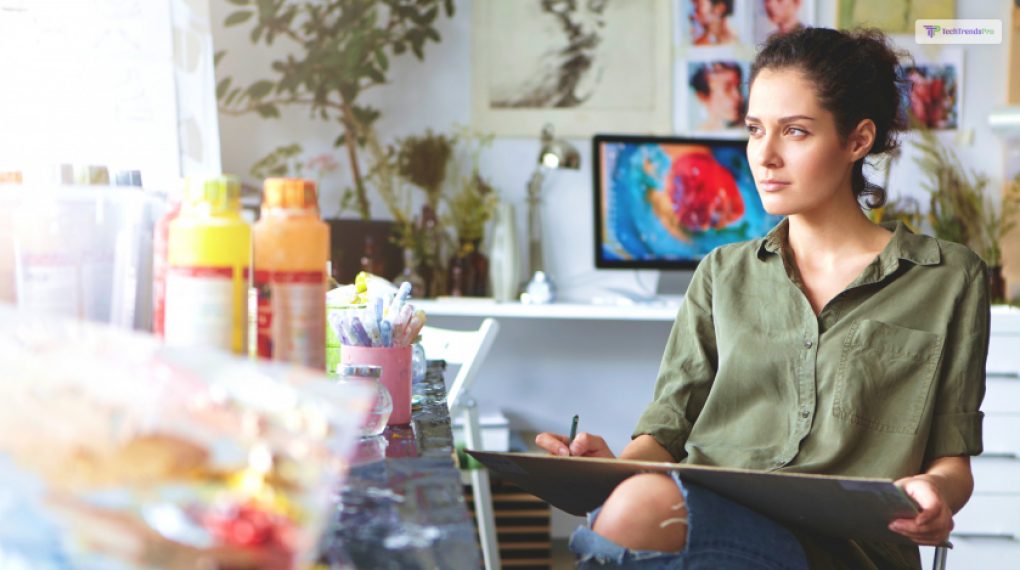
AI art is not a bleak or a hopeless future for artists. It is a bright and hopeful one, that gives many possibilities and opportunities for artists to grow and thrive.
AI is not a threat or an enemy for artists but a friend or an ally. It is not a replacement or a substitute for artists but a complement or a supplement. And most importantly, it is not a rival or a competitor for artists but a collaborator or a partner.
Artists can use and benefit from AI in many ways, such as:
- Learning: Artists can learn from AI by seeing and analyzing how AI makes and understands art and by learning and gaining new skills and knowledge from AI.
- Teaching: Artists can teach AI by giving and curating the data and the feedback for AI and by leading and influencing the direction and the purpose of AI.
- Co-creating: Artists can co-create with AI by mixing and integrating their own and AI’s inputs and outputs and by sharing and exchanging their own and AI’s ideas and methods.
- Critiquing: Artists can critique AI by checking and reviewing the quality and the impact of AI’s art and by challenging and questioning the ethics and the authenticity of AI’s art.
- Competing: Artists can compete with AI by improving and enhancing their own art and creativity and by making and showing their own art and identity.
So, there is a future for artists with AI, and it is a promising and exciting one. AI is not a hindrance or an obstacle for artists but a catalyst or a facilitator. It is not a barrier or a limitation for artists but a challenge or an opportunity. It is not a problem or a dilemma for artists but a solution or an inspiration.
Backing Up by Data: How Many Artists Have Lost Their Jobs to AI in 10 Years?
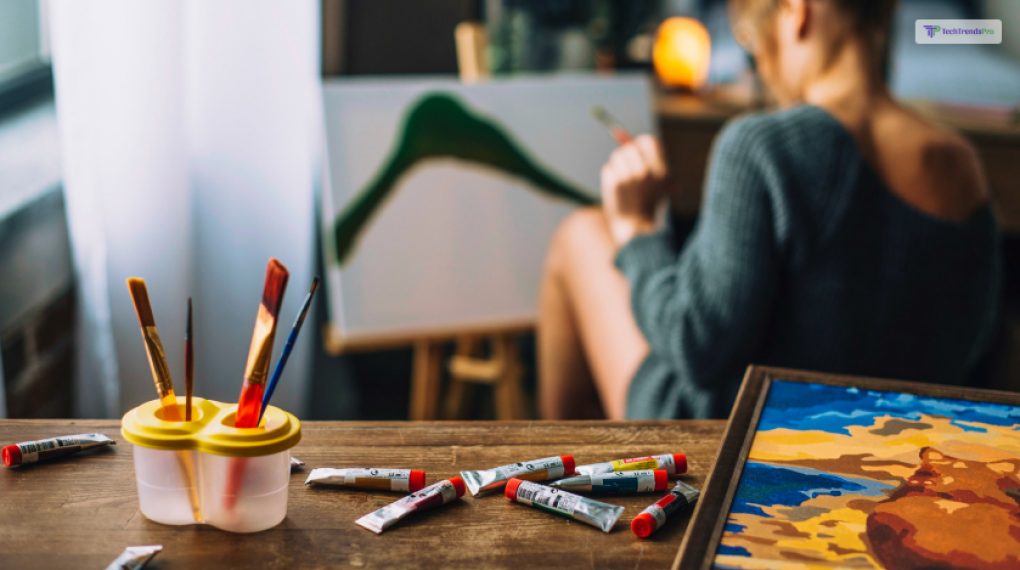
It is hard to determine for sure how many artists have lost their jobs to artificial intelligence (AI) over the past decade. This is because different sources may use different definitions and metrics to assess the technology’s impact on the creative sector.
However, based on some estimates and publications, it is possible to get a basic idea of the size and direction of the AI disruption.
One site that provides data on the number of artists affected by AI is Artisana, which connects customers and AI artists.
According to their analysis, generative AI technologies have caused a 40x increase in productivity. Furthermore, there has been a 70% decrease in jobs for illustrators in China’s video game graphics industry. This implies that in recent years, AI may have cost thousands of Chinese illustrators their livelihoods.
The Conversation is a network of academic experts and journalists that provides further information on the ways in which AI is impacting the creative industry. According to their article, AI has developed to the point where it will soon affect knowledge workers and artists, two new categories of workers.
They provide examples of how AI can mimic written language speech to resemble human speech and can convert descriptive sentences into realistic images that could eventually compete with or replace human authors and illustrators.
However, not all publications are pessimistic or negative about AI’s potential application in the arts. One authority stating AI cannot replace artists is Oxford University. Rather, it might reinforce or add to them.
They argue that artificial intelligence (AI) can give artists new opportunities and benefits, such as access, collaboration, experimentation, and innovation. They further argue that AI cannot accurately depict or replicate human art’s subtleties, meanings, or complexity and that human art will always have a special value and meaning.
How to Save Your Jobs from AI?
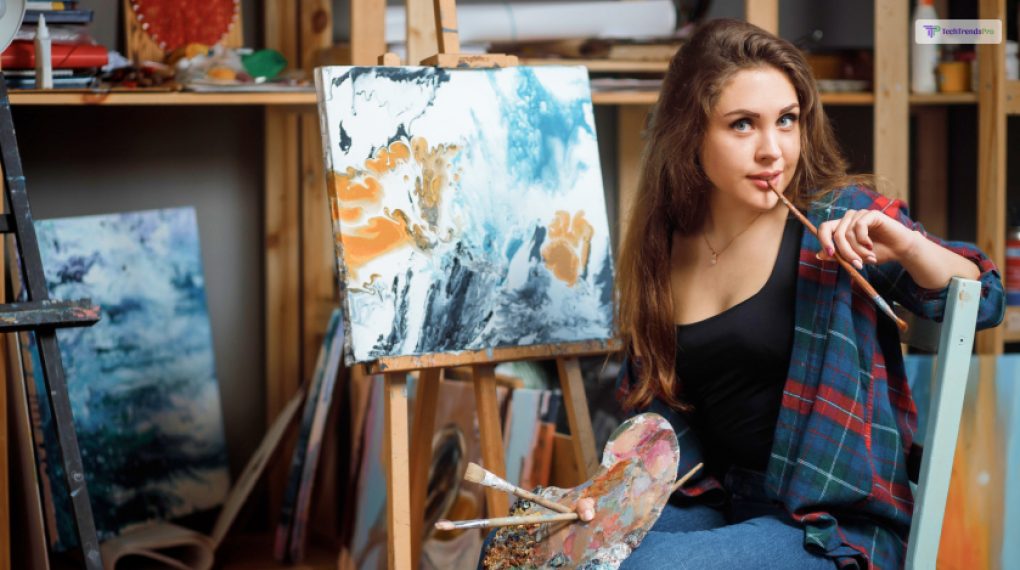
So, if there is a percentage of artists who have lost their jobs to Artificial Intelligence, there must be the remaining section of people who are well and thriving in their jobs.
So, what made the difference? What do they have to stay in the game?
According to one source, the percentage of artists who have not lost their jobs to AI is hard to estimate, as there is no clear definition of what constitutes an artist or an AI-generated artwork.
However, the same source suggests that AI does not threaten human creativity. It is rather a tool that can enhance and expand it.
The source argues that AI cannot produce anything that it has not already been trained on and that humans still play a significant role in creating and curating AI-generated art.
Here are some of the skills that you need to have in 2024 to save your jobs:
- Creative vision and originality: This skill involves harnessing one’s imagination to create works that are unique and resonate with audiences. It also involves experimenting with different mediums and pushing the boundaries of traditional art forms.
- Technical proficiency and craftsmanship: This skill encompasses a deep understanding of the tools, materials, and techniques specific to one’s medium, whether it be painting, sculpture, digital art, or any other form.
- Aesthetic sensibility and composition: This skill involves an eye for balance, color theory, texture, and composition. Understanding how these elements work together to form a cohesive and engaging piece is what sets great art apart from the merely good.
- Business acumen and self-promotion: This skill involves the ability to market one’s abilities, find potential clients, set prices, and sell one’s work.
Wrapping It Up!
AI art is a fascinating and controversial topic that raises many questions and challenges for the future of art and artists. Will AI replace artists, or will it coexist and cooperate with them? And will AI art transform or transcend human art, or will it be transformed or transcended by human art?
These are not easy or simple questions to answer, but they are important and relevant ones to explore and discuss.
As we have seen, there are different scenarios and outcomes that may occur depending on how AI technology is developed and used, perceived and received. It also depends on how AI and human artists interact and collaborate.
There is no clear answer to whether AI will replace artists in the future. Rather, there is a range of possibilities and opportunities for both.
Therefore, we should not fear or reject AI art but rather embrace and engage with it. We should not ignore or neglect AI art but rather learn and grow from it. We should not compete or conflict with AI art but rather cooperate and collaborate with it. Together, we can create a rich and diverse art world that benefits from the strengths and contributions of both.
What do you think about AI art and its impact on human art and artists? Share your thoughts and opinions in the comments below. And if you enjoyed this article, please like and share it with your friends and family.
Read Also:






